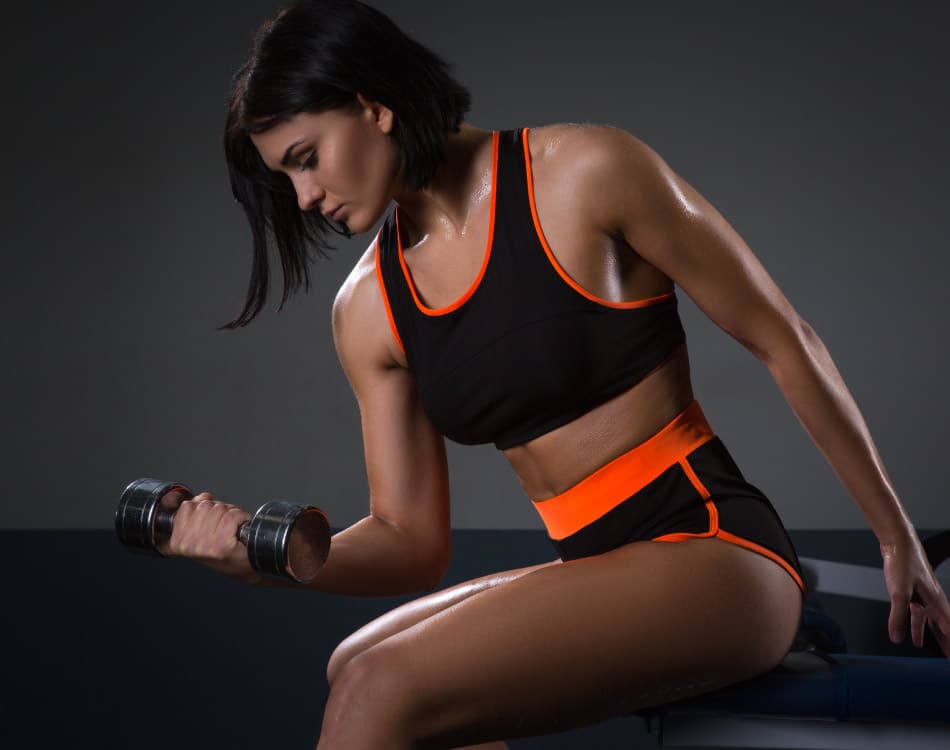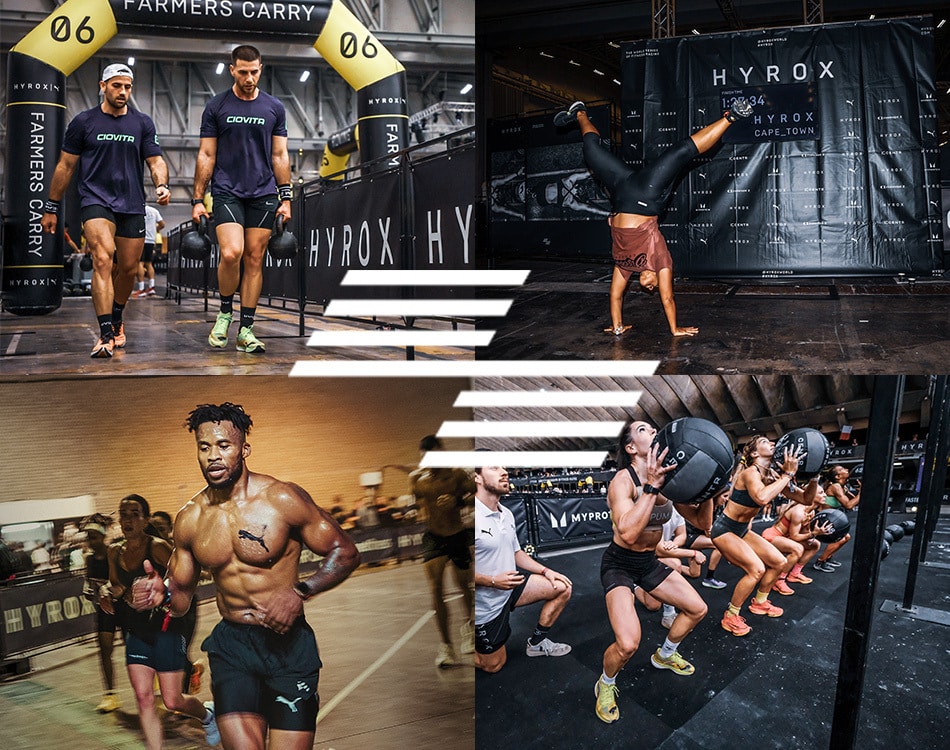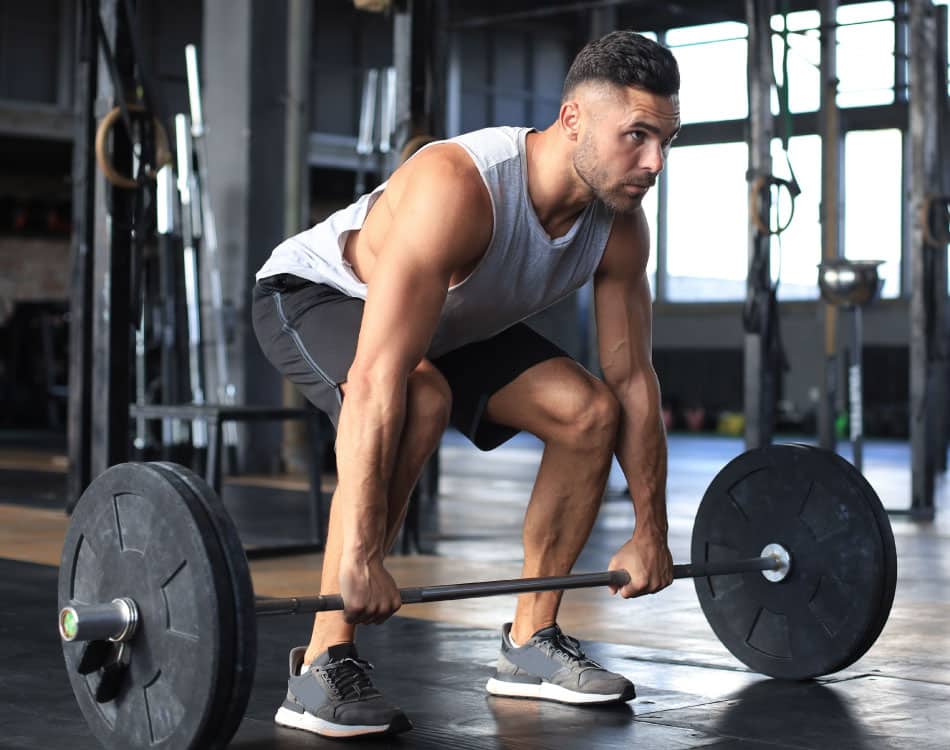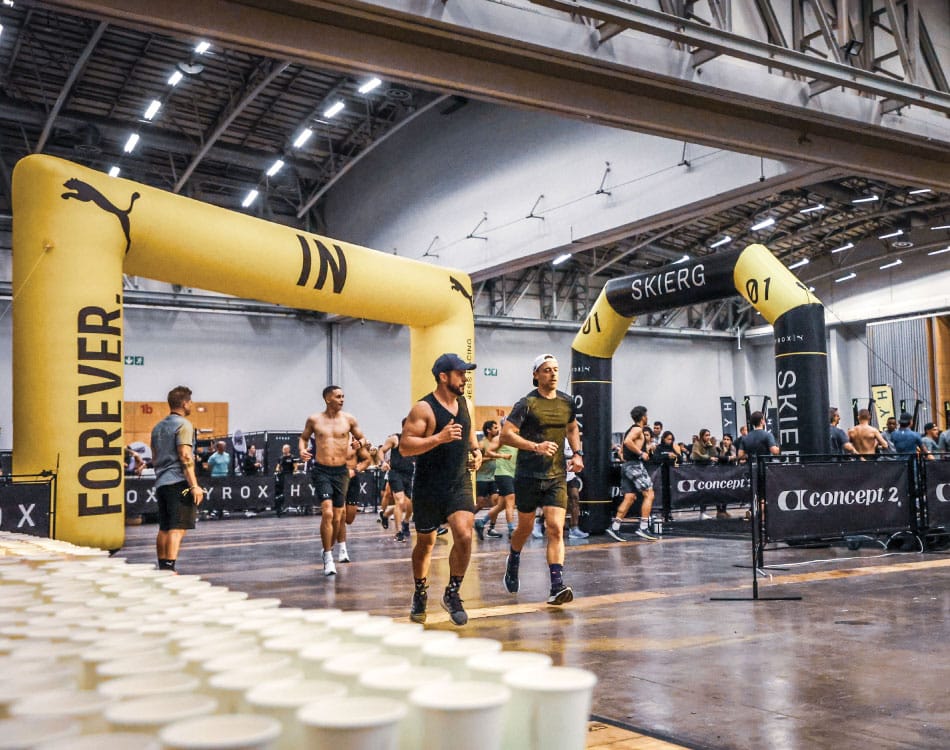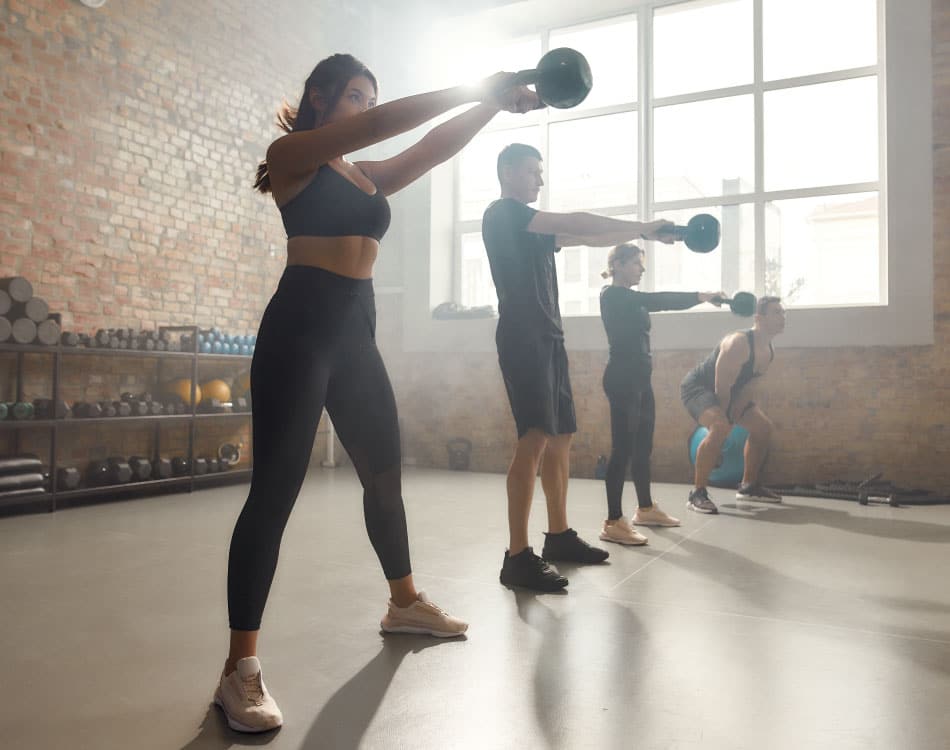One way to crank up the intensity in the gym, besides adding plates, is to manipulate your reps by spending more time under tension (TUT).
The underlying concept originates from the common belief that performing a rep slowly is better for building muscle. But are super slow reps effective?
The slower rep structure that characterises TUT training is typically defined as a 6-second concentric (contracting the muslce) phase and a 6-second eccentric (lengthening the weight) phase, as opposed to a faster lifting tempo.
There are even more extreme proponents of super slow training prescribing TUT-protocols of up to 30 seconds and longer per phase.
READ MORE | The Rep Revealed
Limited supporting science
But only a limited number of studies have probed the impact of rep speed in resistance training. In one study, rep speed was probed when participants performed sets at different paces. In the study, the fast group used a tempo of 1-0-1-0 while the slow group used a tempo of 3-0-3-0.
The strength of the subjects was tested over a period of six weeks with the different groups performing either a single set or three sets per exercise. The three-set group increased in strength. Fast reps also led to significantly more strength gains than slower reps.
And a follow-up study found that faster contractions resulted in more muscle growth than slow contractions. In addition, a 2015 study found no difference in hypertrophy between rep durations.
READ MORE | Know your gym jargon with this helpful guide
No definitive conclusion
From a practical standpoint, it is probably best to employ a wide range of rep durations to boost muscle growth, strength or endurance.
Although a lack of studies on the subject makes it difficult to draw definitive conclusions, lowering the weight under control and lifting explosively will most likely have the most favourable effect.
What is more important is the degree of tension, which is dictated by the weight you lift and the total time a muscle group is under tension in a given training session. Lifters should use different rep cadences to experiment and see what may stimulate the best response.

